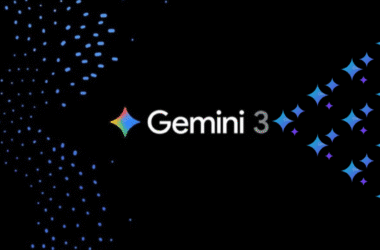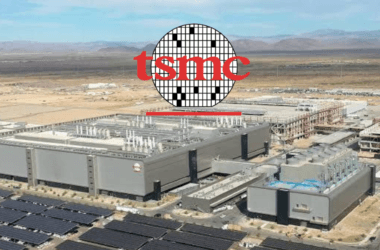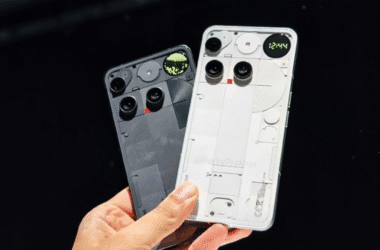Amazon has announced Amazon project Kuiper that it will build a satellite processing facility at NASA’s Kennedy Space Center in Florida to compete with SpaceX’s Starlink.
The facility will be a 31,000-square-meter factory that the company aims to complete in 2024 at Kennedy Space Center’s launch and landing facility.
The delivery giant chose Kennedy Space Center for its Project Kuiper Internet satellite processing facility. Last year, the delivery giant announced the “largest commercial purchase of launch vehicles in history” for the launch of Its 3,200 Project Kuiper broadband internet satellites.
Amazon secured 77 heavy-lift rocket missions to deploy its satellite constellation, designed to rival SpaceX’s Starlink.
The new facility at Kennedy Space Center will make final preparations for Kuiper satellites that will be shipped from out of state.
Amazon Project Kuiper?
Amazon Project Kuiper is Amazon’s initiative to increase global broadband access through a constellation of 3,236 satellites in low Earth orbit (LEO). Its mission is to bring fast, affordable broadband to unserved and underserved communities around the world.
The system will provide high-speed, low-latency broadband on a global scale.
Amazon Project Kuiper combines an LEO satellite constellation with compact, affordable customer terminals, a global network of ground stations, and resilient communications infrastructure powered by Amazon Web Services (AWS).
These agreements comprise the largest commercial purchase of launch capacity in history. Amazon has committed $10 billion to Project Kuiper.
Project Kuiper vs Starlink.
The biggest difference between “Starlink” and Amazon’s Project “Kuiper” is that–One service, Starlink, is already operational and in use, while the other, Amazon’s Project Kuiper, is a planned service that does not exist yet.
Starlink has already launched thousands of satellites. The Starlink constellation will include 12,000 satellites (as permitted by the FCC), but Amazon Project Kuiper will have just 3,236. Both Project Kuiper and Starlink are focused on bringing fast internet to a variety of countries.
Who will be able to use Project Kuiper’s services?
Amazon Project Kuiper’s mission is to bring fast, affordable broadband to unserved and underserved communities around the world.
Its system will provide high-speed, low-latency broadband on a global scale. The company aims to start providing its services to undisclosed enterprise customers next year.
How will Amazon ensure that its satellites don’t collide with other objects in space?
Amazon has designed its entire constellation to minimize the risk of orbital debris. The company has also committed to operating safely and responsibly in space.
Amazon has provided the U.S. Federal Communications Commission (FCC) with data for its planned fleet of 3,236 Kuiper System broadband Internet satellites.
The company will conduct comprehensive on-the-ground qualification of Kuiper satellites and their sub-systems, carry out verification testing in orbit before raising satellites to their operational altitude, and continually monitor the health of each satellite.
Project Kuiper launch timeline?
The company hopes to launch its first satellites in the first half of 2024 and commence testing shortly after. Amazon’s license from the FCC says that half of the company’s satellite constellation must be launched by 2026, and the full constellation by 2029.









